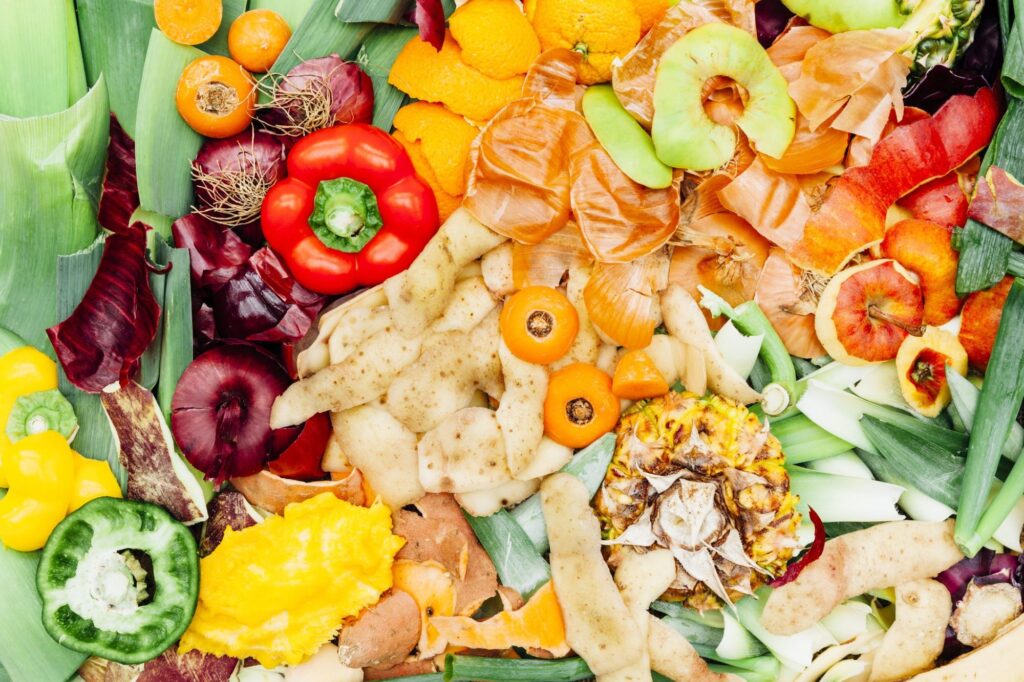
The Sustainable Restaurant Association highlights why prevention is key when it comes to food waste and shares tips for making your restaurant’s waste a thing of the past.
Why prevention is key
The food waste hierarchy tells us that, wherever possible, it’s best practice to prevent waste in the first place. While repurposing food is not without its merits, the best possible option is to create a system based on the principles of circularity, where food is carefully and respectfully managed to ensure that there is no such concept as waste.
What’s in it for me?
Avoiding food waste brings real benefits for restaurants! We’re talking reduced costs (across both ordering and waste disposal), improved relationships with suppliers and producers, and an environmentally-conscious approach that will appeal to customers.
Tips for preventing waste
Here are some tips to avoid waste in your supply chain, in your kitchen and front of house.
In your supply chain
- Start a conversation with growers and suppliers to understand what is being wasted, where and why. Review and update any product specifications or purchasing habits that are causing this – this can give you some quick wins.
- If possible, map where waste and losses are occurring throughout your supply chain, then address the biggest losses first.
- Prioritise communication and be flexible. If your supplier is expecting a glut of courgettes, come up with a creative way to use them!
In your kitchen
Careful planning is essential to avoid waste. Here are some areas in which you can improve your kitchen team’s organisation:
- Order carefully, using data to predict busier and quieter periods. This will allow you to adjust orders, reducing the risk of surplus food arriving in the first place.
- Be diligent about stock rotation so that everything is used before its use-by date. Are any ingredients regularly going out of date, and what changes can you make to avoid these losses?
- Plan for using every part of every ingredient, and design menus that allow for this. Implement a daily special to use up perishable items.
- Training and upskilling can be a big help: great knife skills can avoid a lot of waste. You might even consider bringing butchery in-house, allowing you to save money by buying whole or half carcases, breaking them down in the kitchen and using every bit, including offal. Even bones can be used for marrow or to make stock.
- Carefully measure your in-house waste. Every time you make a particular recipe, what and how much is wasted? How can your recipe or processes be changed to avoid this?
- If you find there’s one particular ingredient that is wasted often, adjust your order size, find an alternative with a longer shelf life, look for an additional way to incorporate it into your menu or decide to do without it altogether.
- Learn from your mistakes! When wastage does slip through, consider how you can plan better next time. In the meantime, follow the food waste hierarchy to make sure the food is reused, repurposed or redistributed while it’s still edible.
Front of house
- Communicate your efforts with your customers and bring them on board. Explaining your waste reduction practices on your website and social media is a great way to get the most out of your hard work. It’s all good content!
- Equip your floor staff with the knowledge to talk confidently about your food waste reduction policies.
- Make sure portion sizes are kept within reasonable limits to prevent plate waste; for commonly wasted items, like chips, consider offering smaller portions initially, with the option of complimentary seconds on request.
For more insights and advice on building sustainability into your operations, check out www.thesra.org or follow The Sustainable Restaurant Association on Instagram and LinkedIn.
